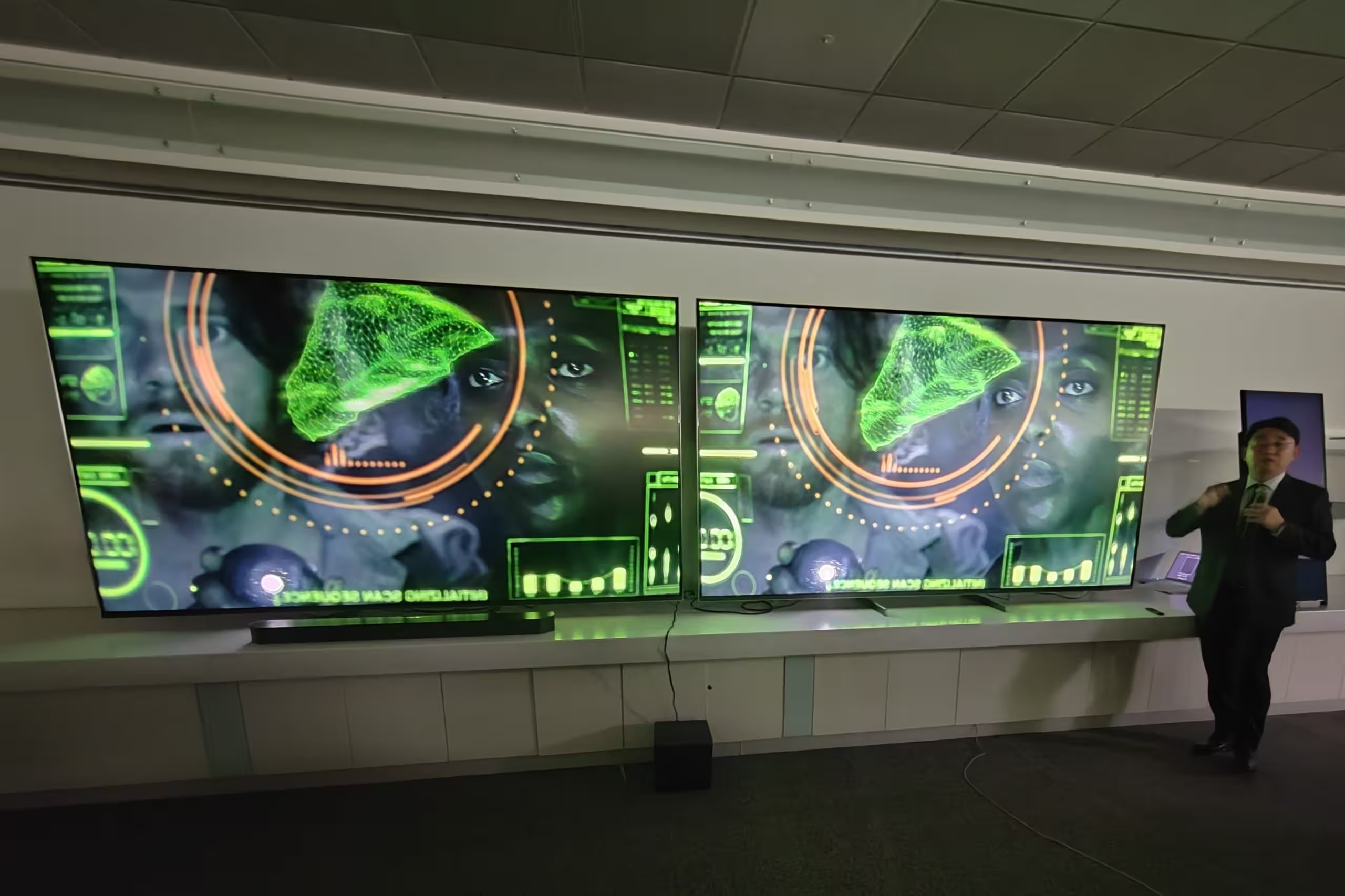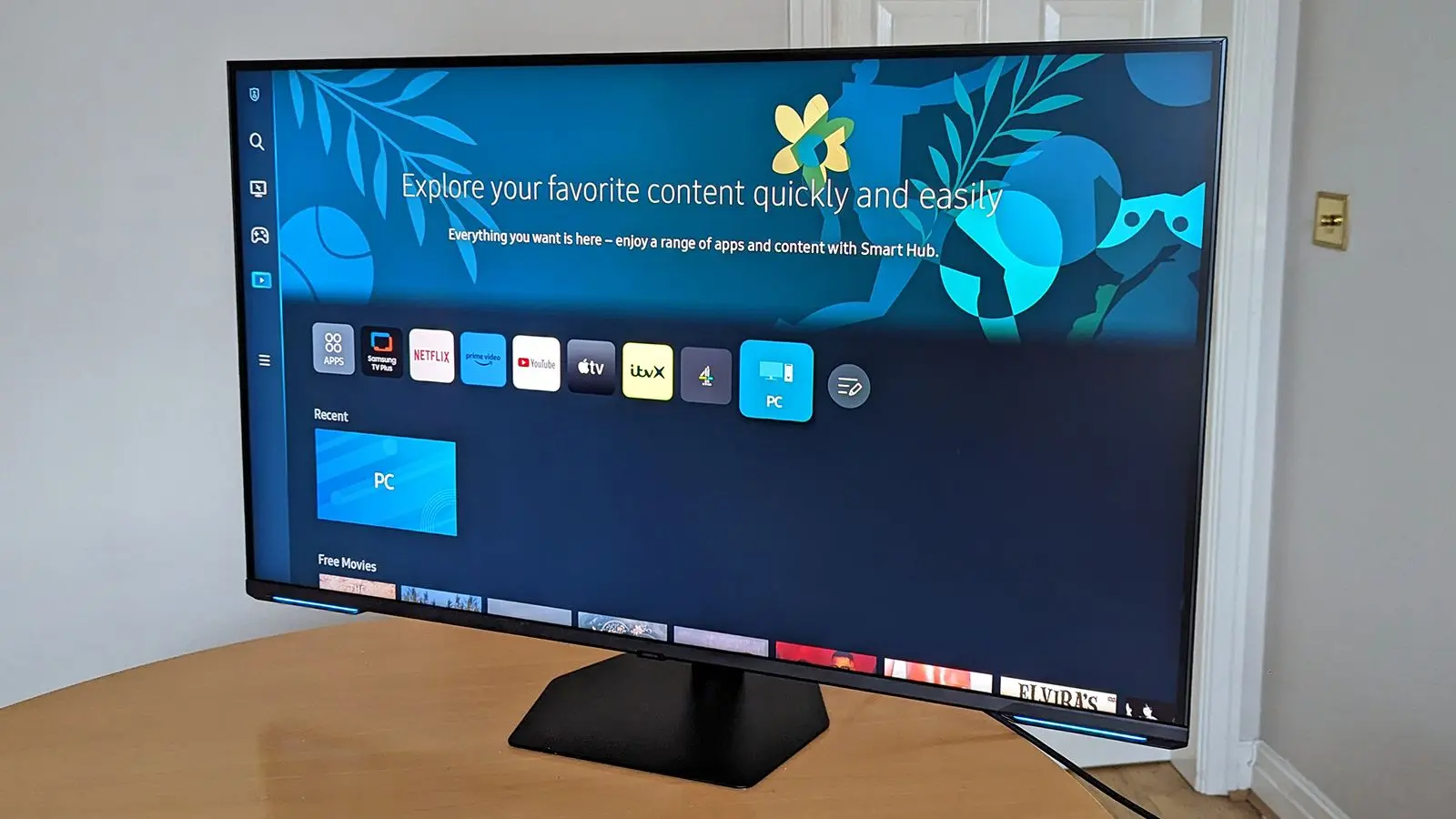3 Minutes
Samsung has unveiled HDR10+ Advanced, a next-generation HDR format designed for ultra-bright TVs and cloud gaming. Previewed ahead of a likely January 2026 debut, the new format targets high-end displays reaching 4,000–5,000 nits and promises more precise color, smarter tone mapping and cloud-friendly optimizations.
What HDR10+ Advanced brings to the picture
Think of HDR10+ Advanced as an evolution of HDR10+, but with feature parity aimed at taking on Dolby Vision 2. Samsung built the format to give TV makers, streamers and game services more granular control over image rendering—especially on the brightest new panels arriving in the market.
Six upgrades that matter
- Expanded brightness range: Targets TVs capable of 4,000–5,000 nits to preserve highlight detail and punchier HDR highlights.
- Higher color accuracy: Improved color pipelines aim for more faithful reproduction across a wider gamut.
- More local tone-mapping zones: Extra zones let displays adapt luminance and contrast more precisely across the frame.
- Genre-aware picture processing: Picture and tone-mapping profiles can adapt based on content type—movies, sports or games—rather than a one-size-fits-all setting.
- Intelligent motion smoothing: Smarter motion handling minimizes artifacts while preserving cinematic texture where it matters.
- Cloud gaming optimizations: Dedicated tweaks for streamed games aim to reduce latency and improve perceived image quality on remote-rendered content.

Who’s already on board?
Samsung said Amazon Prime Video has committed to HDR10+ Advanced, suggesting early content availability when the format rolls out next year. That’s a meaningful first step, but broader adoption will hinge on support from additional streamers and production houses—an area where the original HDR10+ has seen mixed momentum.
Royalty-free, but adoption remains the question
Like HDR10+, HDR10+ Advanced is royalty-free—an attractive alternative to proprietary systems such as Dolby Vision 2. However, past slow uptake of HDR10+ by studios and platforms means Samsung faces a familiar challenge: convincing the content ecosystem to publish in a new standard. Partnerships and early platform support will be critical.
Audio and ecosystem moves
Samsung is not only pushing HDR alternatives. The company also collaborated with Google on Eclipsa Audio, an open-source spatial audio format, positioning itself with royalty-free options across both picture and sound. That strategy aims to give device makers and content providers flexible, lower-cost tools to compete with proprietary Dolby technologies.
Whether HDR10+ Advanced will reshape HDR standards depends on how quickly streamers, studios and TV makers adopt it. For consumers, the promise is clearer: brighter highlights, better color accuracy and improved cloud gaming visuals on next-gen Samsung TVs expected in early 2026.
Source: sammobile


Leave a Comment